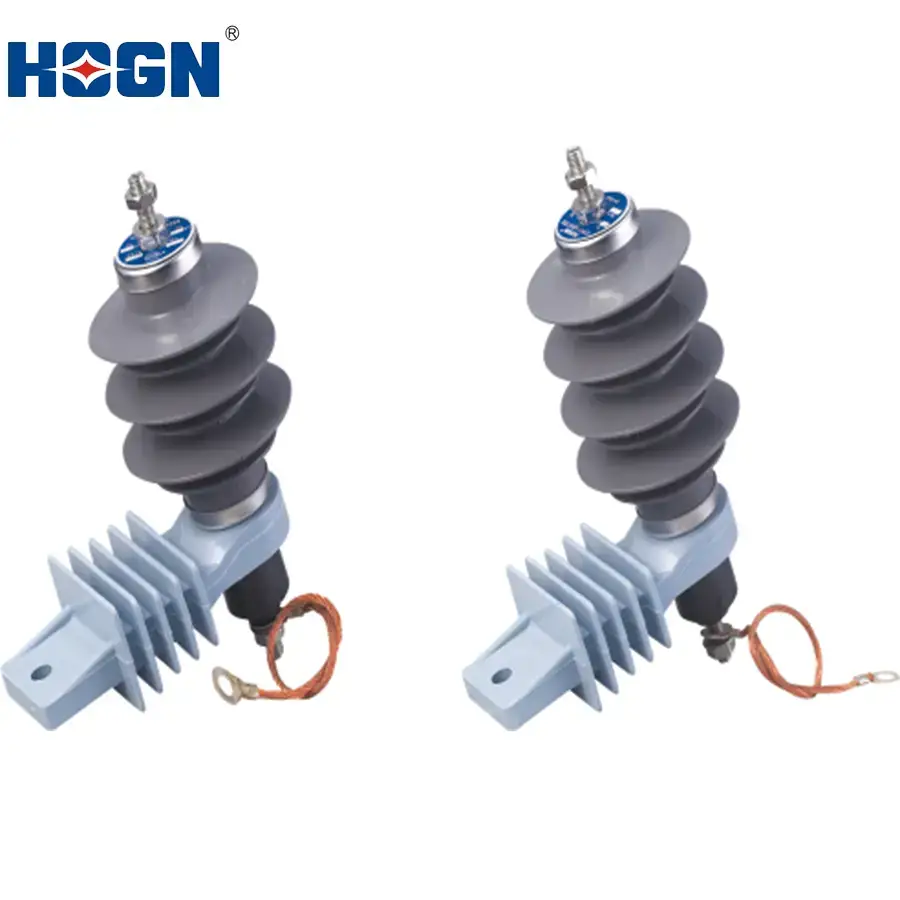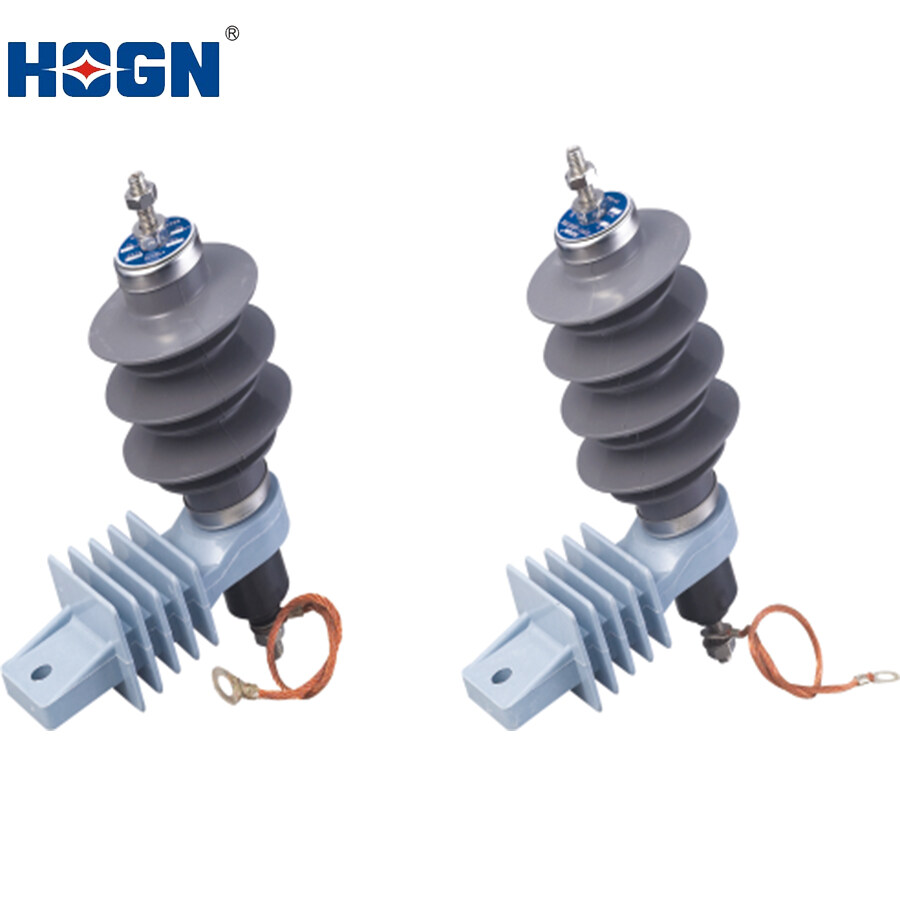Email format error
Email cannot be empty
Email already exists
6-20 characters(letters plus numbers only)
The password is inconsistent
Email format error
Email cannot be empty
Email does not exist
6-20 characters(letters plus numbers only)
The password is inconsistent

News Center

Applications of Polymer Lightning Arresters
Hey there, fellow professionals! If you're like me, you've probably seen polymer lightning arresters popping up more and more in our industry. But do you really know what they do and where they shine? Let's dive into the practical applications of these innovative devices and how they can make our lives easier.
What Are Polymer Lightning Arresters?
Before we get into the applications, let's quickly cover what polymer lightning arresters are. These are devices designed to protect electrical systems from overvoltages caused by lightning strikes or switching surges. They're made from a polymer housing, which gives them a distinct advantage over traditional arresters in terms of durability and environmental resistance.
I remember when I first encountered a polymer lightning arrester on a job site. It was smaller and lighter than the porcelain or silicon arresters I was used to. I was skeptical at first, but after seeing how easily it was installed and how well it performed, I was sold.

Applications in Power Systems
Transmission and Distribution Lines
One of the primary applications of polymer lightning arresters is in protecting transmission and distribution lines. These lines are vulnerable to lightning strikes, which can cause significant damage and downtime. Polymer arresters are installed at various points along the lines to safely divert the electrical discharge to the ground, preventing damage to the lines and ensuring continuous power supply.
Substations
In substations, where high voltage equipment is concentrated, polymer lightning arresters play a crucial role. They protect transformers, circuit breakers, and other critical equipment from surges that can cause catastrophic failures. The polymer housing provides an additional layer of protection against physical damage, which is especially important in substations where space is limited and equipment is often exposed to the elements.
Industrial Facilities
Industrial facilities, with their complex networks of electrical systems, are another area where polymer lightning arresters excel. They're used to protect sensitive equipment from voltage surges, which can be caused by everything from lightning strikes to equipment malfunctions. I've seen firsthand how these arresters have saved companies thousands in repair and downtime costs after a lightning strike.
Renewable Energy Systems
With the rise of renewable energy systems, polymer lightning arresters have found a new home. Solar farms and wind turbines are particularly vulnerable to lightning strikes, and these arresters are key in protecting the inverters and other electronics from damage. It's not just about protecting the equipment; it's also about ensuring that these green energy sources can continue to operate reliably.
Data Centers
Data centers, with their sensitive electronics and high reliance on uptime, are another area where polymer lightning arresters are indispensable. A single lightning strike can cause widespread damage to servers and other critical components. By installing polymer arresters, data centers can mitigate this risk and ensure that their operations continue uninterrupted.
Benefits of Polymer Lightning Arresters
Durability and Longevity
One of the key benefits of polymer lightning arresters is their durability. The polymer housing is resistant to UV radiation, moisture, and temperature extremes, which means they can be used in a wide range of environments without worrying about degradation or damage.
Ease of Installation
Polymer lightning arresters are generally lighter and more compact than traditional arresters, making them easier to install. This can save time and labor costs, especially in hard-to-reach locations.
Environmentally Friendly
The polymer materials used in these arresters are more environmentally friendly than the materials used in traditional arresters. They're recyclable and have a lower environmental impact, which is a big plus in today's sustainability-focused world.
Personal Anecdote
I once worked on a project where we had to replace a bunch of old porcelain arresters. The new polymer ones went in so much faster and with less hassle. It was a game-changer for our team.
Conclusion
Polymer lightning arresters are a versatile and effective solution for protecting electrical systems from the damaging effects of overvoltages. Whether you're working in power distribution, industrial facilities, renewable energy, or data centers, these arresters can provide the protection you need. So, the next time you're faced with a lightning protection project, consider the benefits of polymer lightning arresters—they might just be the solution you're looking for.
